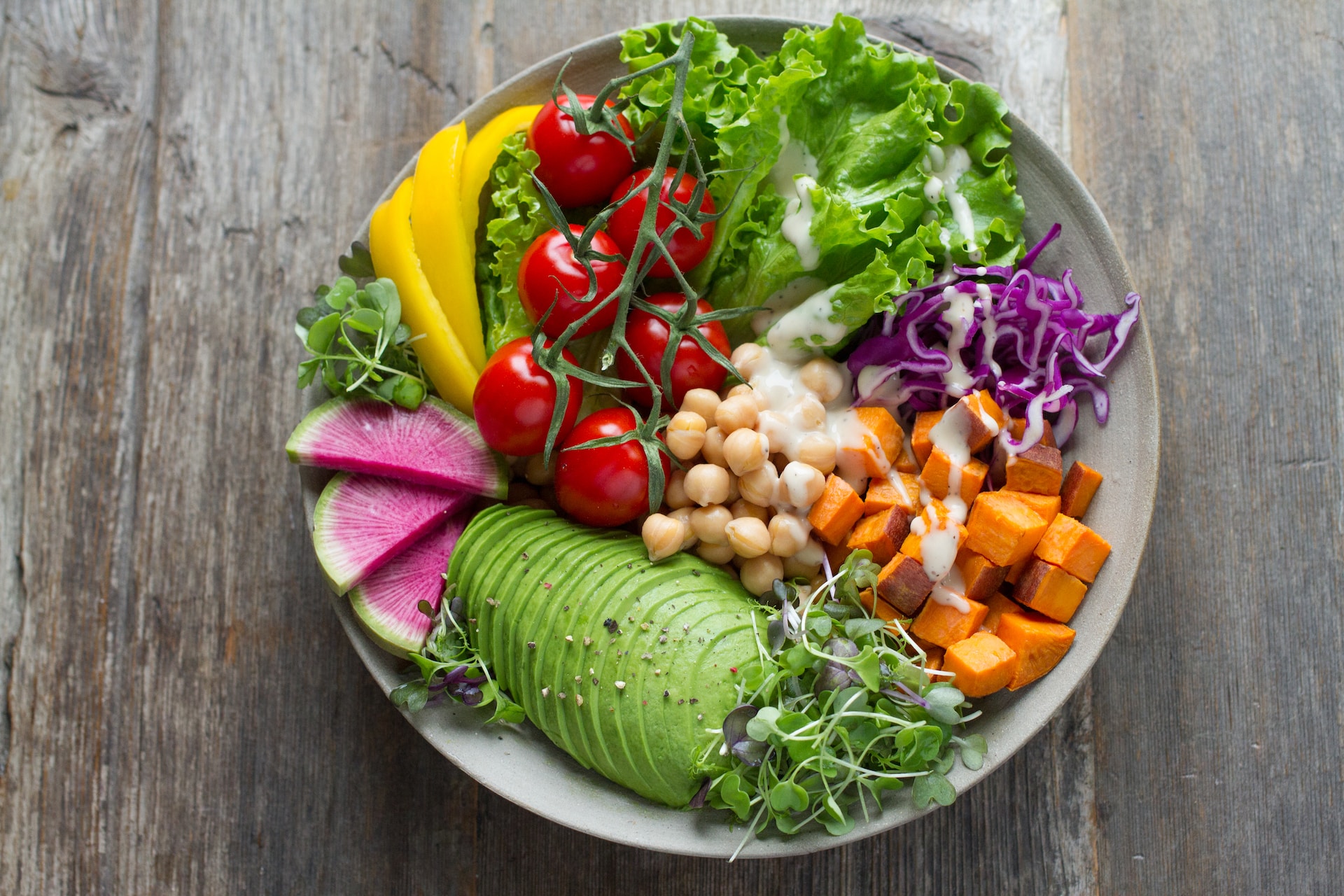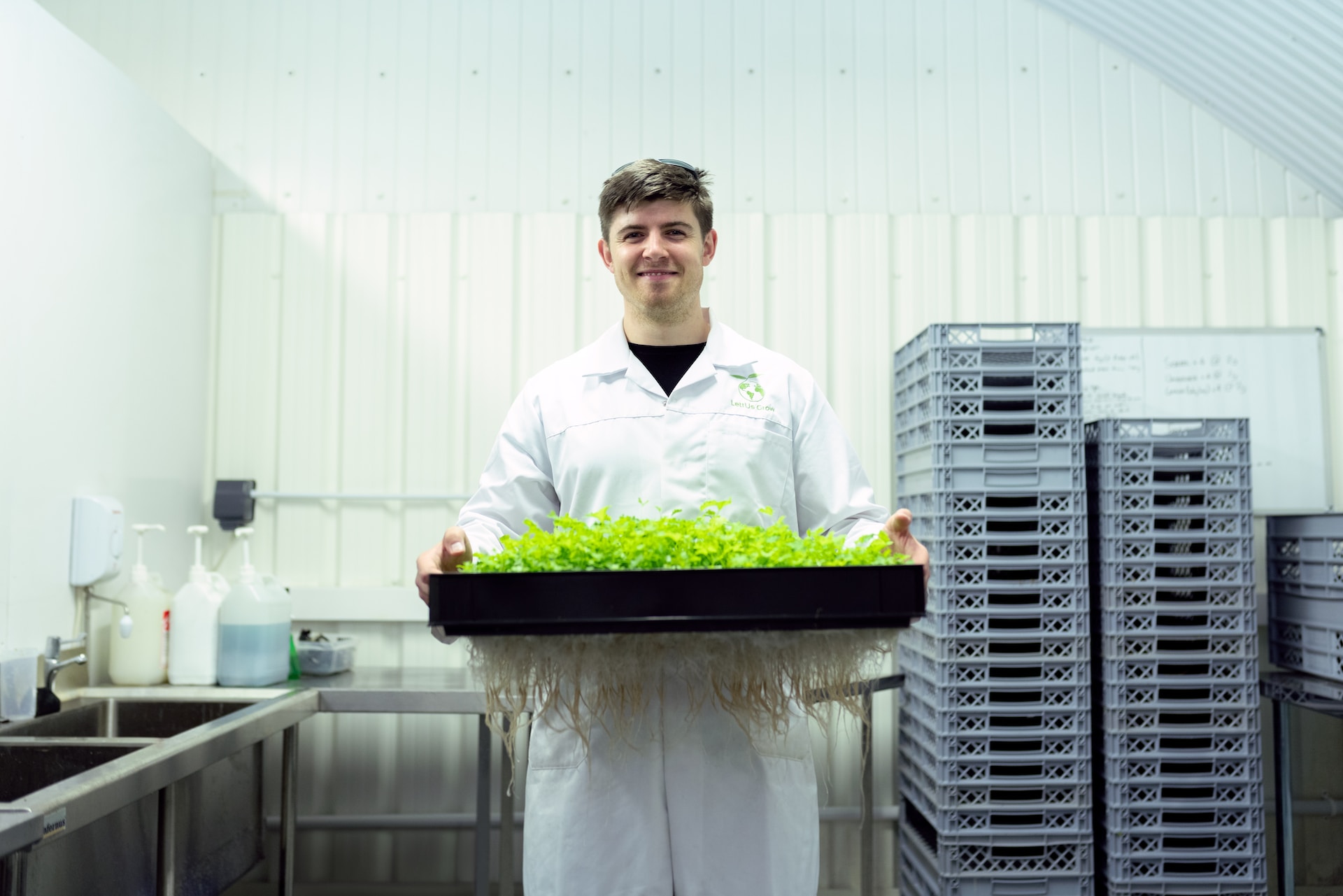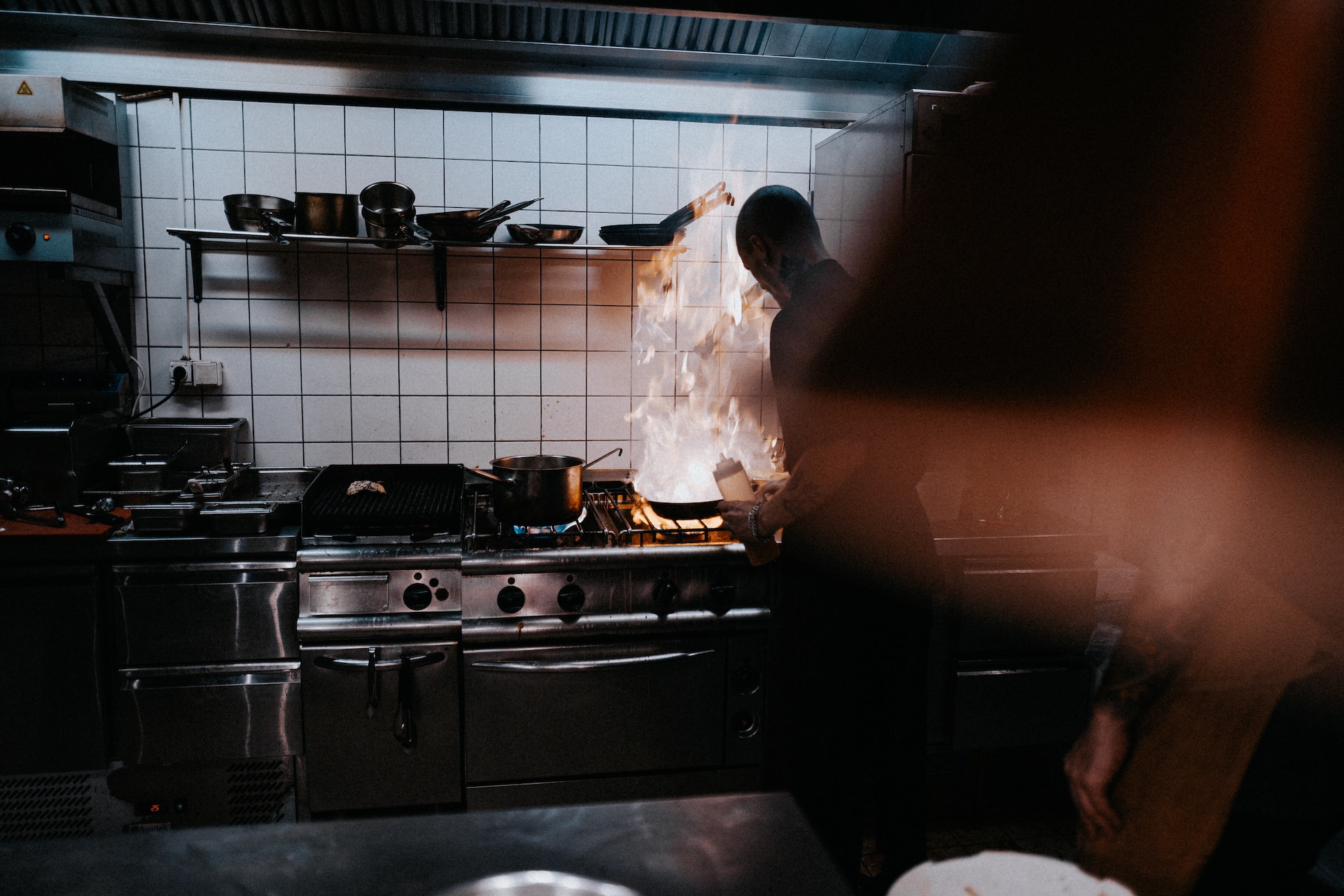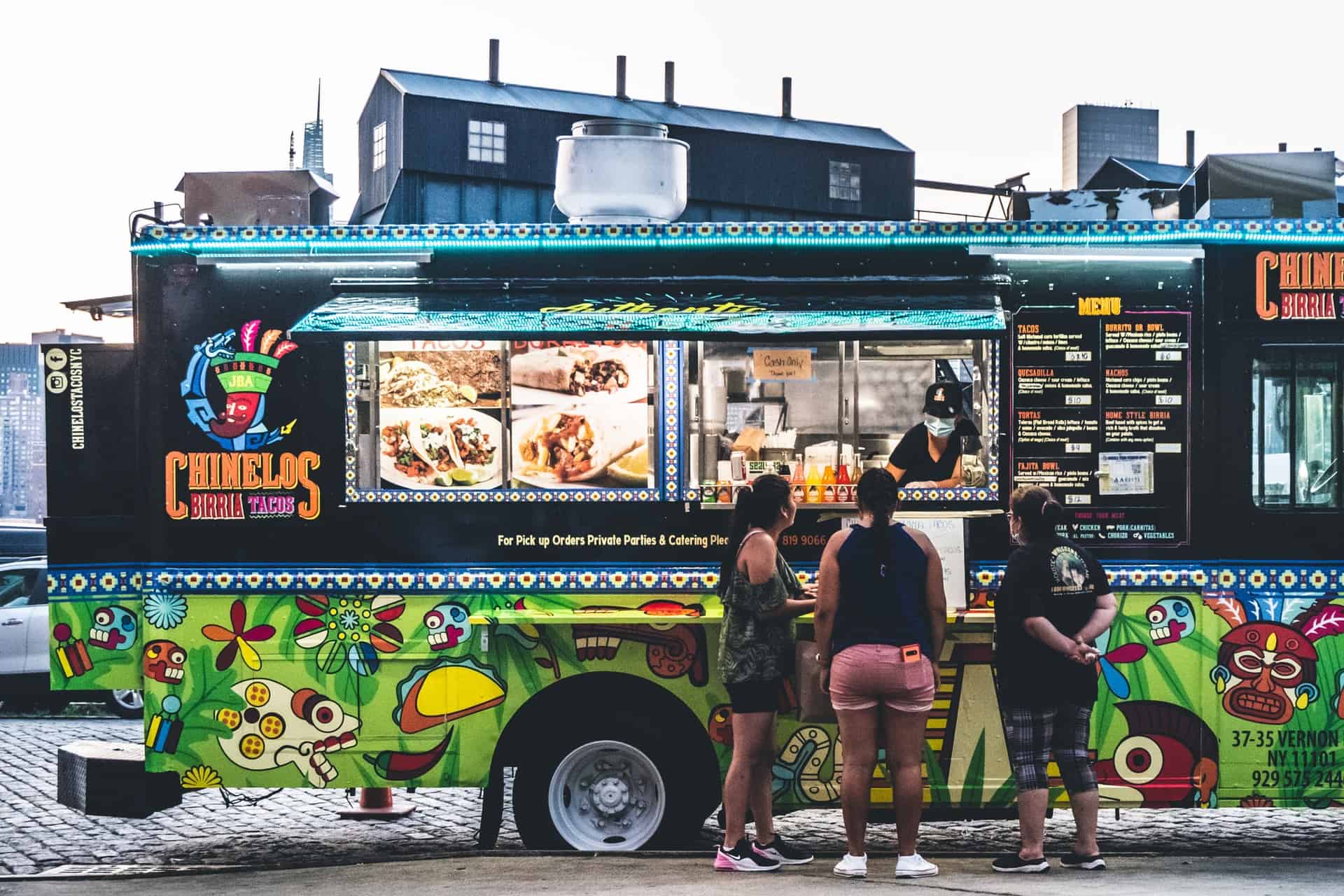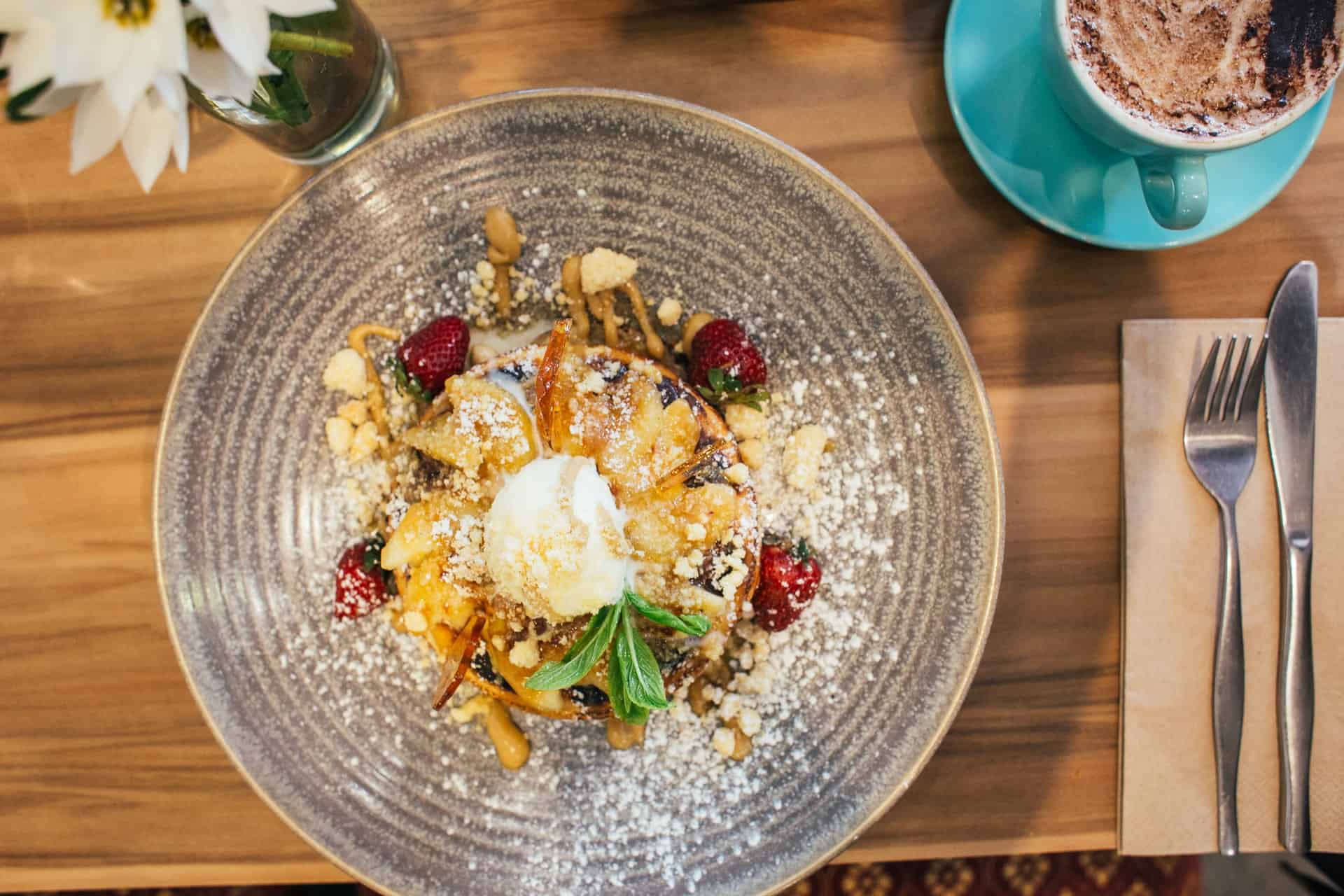
How Can Restaurants Take Advantage of Culinary Tourism?
September 14, 2021 - Emily Newton
Revolutionized is reader-supported. When you buy through links on our site, we may earn an affiliate commision. Learn more here.
Many people select buzzworthy restaurants to try when they go globetrotting. However, some embrace their love of tasty food even more by engaging in culinary tourism. That may mean visiting restaurants on food TV shows, booking tables at Michelin-starred restaurants and any number of other related activities. Here’s how restaurant team members can capitalize on the trend of making food a focal point of one’s travels.
Highlight the Establishment’s Sustainability Efforts
The farm-to-fork and buy-fresh-buy-local movements drive people to become more conscious of their food sources. Many travelers already choose to stay in eco-friendly hotels or participate in planet-friendly outings while exploring new destinations. It’s not a stretch to expect they’d want to extend the sustainability commitment to dining, too.
Officials in The Bahamas are doubling down on culinary tourism by offering more farm tours that give vacationers a richer sense of what goes into producing their meals. Some have never had such experiences before or only read about them, making them all the more memorable.
Janet Johnson is the executive director of the country’s tourism development corporation. She explained, “Visitors are … requesting fresh produce cut from the farm in the morning to be used in preparation of their meals. A lot of them come from cities and urban centers, and they have no idea how things grow.”
She continued, “Just seeing a hand of bananas, guavas and guineps — people are fascinated when they discover how some things are grown, and just the mere fact of being able to pick them and learn how to eat them is an incredible, unforgettable experience.”
Visitors may also learn things they hadn’t realized before. For example, research shows that crop diversification supports biodiversity, helping the planet and its inhabitants thrive.
Restaurants can provide something similar for out-of-town guests by mentioning sustainable features of their menu options. For example, they might name the local farm where the restaurant sourced its produce and tell diners precisely when someone picked those vegetables and fruits or herbs.
Connect Food Offerings to the Local Culture
Another compelling culinary tourism possibility is for a restaurant to teach travelers how food production and preparation tie into the local culture. As people plan where to travel, they often specifically aim to do things residents recommend, but tourist guidebooks may overlook.
An author of a recent academic paper suggests New Zealand could and should use the nation’s history to get people interested in visiting there. More specifically, traditional Māori culture features a framework centered on the concept of “mahinga kai,” the literal translation of which means “to work the food.” Cultural beliefs furthered the idea that the land connects people through their efforts to cultivate food and the other resources needed in life.
The paper also discusses how there’s often an excessive focus on a “culture of ingredients,” which the author suggests is a remnant of New Zealand’s colonial past. However, it also often happens that people connect their food stories to certain people and places. That tendency could work in favor of food tourism by giving people valuable context about the destinations they visit. Additionally, there are preparation traditions, such as “hāngī,” which involves steaming food inside earthen ovens.
Restaurant team members should think about providing the historical details of some of their fare, such as by adding them in a special section of the establishment’s website or a menu’s margins. Doing that helps visitors take more pleasure in what they order and eat because they feel they’re participating in a country’s culture.
Sell a Recipe Book
Restaurants that become culinary tourism destinations can boost profits with cookbooks. People love buying souvenirs when traveling, and a recipe collection is the perfect nonperishable treat for foodies.
Cornucopia is one of the most well-known vegetarian restaurants in Dublin, Ireland. It has become such a popular destination during its more than three decades in operation that the Georgian-style building has gone through several renovations to create more room for seating. The line of people waiting to order food often extends out the front door, even at off-peak times.
Although many locals frequent the dining establishment, tourists love it, too. Some even come in while still toting their luggage after arriving from the airport. Cornucopia’s team has harnessed this demand by periodically publishing recipe books that people can buy while there or at select booksellers.
Similar to how food TV shows get people interested in restaurants they would not have known about otherwise, the decision to sell this book broadens Cornucopia’s appeal. The content caters to people who want new veggie-friendly meal ideas or cut down on their meat consumption. However, since the book features dishes the restaurant offers, it could encourage people to stop by and let someone else handle the cooking.
Invest in a Food Robot
Industrial robots are becoming more common in today’s high-tech world. Some of them even appear in restaurant kitchens. Installing a robot is one way a restaurant could attract food-loving tourists, especially due to the associated novelty.
For example, one such machine at the Mall of India in Illinois can make 10 styles of dishes, ranging from Mexican to Italian. That approach appeals to tourists who may have picky eaters in their groups or need to meet specific dietary requirements. Guests can order their meals as keto-friendly or no-salt options, for example.
Purchasing a robot for a restaurant could even lead to a food TV show appearance. After all, the episodes usually focus on locations with outstanding offerings, whether that means delectable fare or quirky decor. It’s even better if the restaurant’s management takes a pioneering stance about having a robot help in the kitchen.
That’s the case for Bots&Pots, a restaurant in Zagreb, Croatia, set to open soon. Sources say the business will be the first in the country with robots capable of making one-pot meals, including risottos, stews and a seafood pasta. The group of five robots can produce up to 60 servings per hour.
The location has already received a visit from Simon Thomas, the British ambassador to Croatia. Before long, this tech-centric kind of cooking could also catch the attention of influencers. Diners can watch the robot make their meals after ordering them through a screen-based system, adding to the appeal.
Offer Guests Outstanding Experiences
One of the potential problems with food tourism is that it puts staff members under intense pressure. Once a location receives Michelin stars or a featured spot on a well-known TV show, people often go to great lengths to get the chance to say they’ve eaten there.
The chef of one restaurant that received two Michelin stars told a reporter that someone had rung the establishment 450 times in a day to try and book a table once reservations opened for a new month. That same restaurant had 669 other individuals aiming to succeed in that task in the same 24 hours. Also, a top-end restaurant in Copenhagen dealt with 100,000 emails per month from people who wanted the opportunity to eat there.
Those efforts suggest that the experience had better be close to perfect for the lucky people who get tables. An email-based and automation-driven booking system can cut down on staff labor. It also prevents instances where visitors drive for hours and find no free tables awaiting them. Additionally it also prevents locals who complain about people lined up around the block, waiting their turn.
For example, some formerly casual restaurants get thrown into the spotlight almost overnight. In such cases, guests might expect an upscale atmosphere to go with the acclaim. Use website photos and descriptions to indicate what people can and should expect while visiting.
Giving people fantastic service will shape their culinary tourism experiences. They’d also probably appreciate offers to meet the chef or visit the kitchen. However, the restaurant’s team must do its best to ensure diners don’t have unrealistic expectations of the business.
Food Tourism Provides New Opportunities to Appeal to Guests
Figuring out how to attract tourists who love food is not a quick effort that guarantees success. However, the strategies mentioned here will give people in the restaurant industry some actionable ideas for getting started.
Revolutionized is reader-supported. When you buy through links on our site, we may earn an affiliate commision. Learn more here.
Author
Emily Newton
Emily Newton is a technology and industrial journalist and the Editor in Chief of Revolutionized. She manages the sites publishing schedule, SEO optimization and content strategy. Emily enjoys writing and researching articles about how technology is changing every industry. When she isn't working, Emily enjoys playing video games or curling up with a good book.

